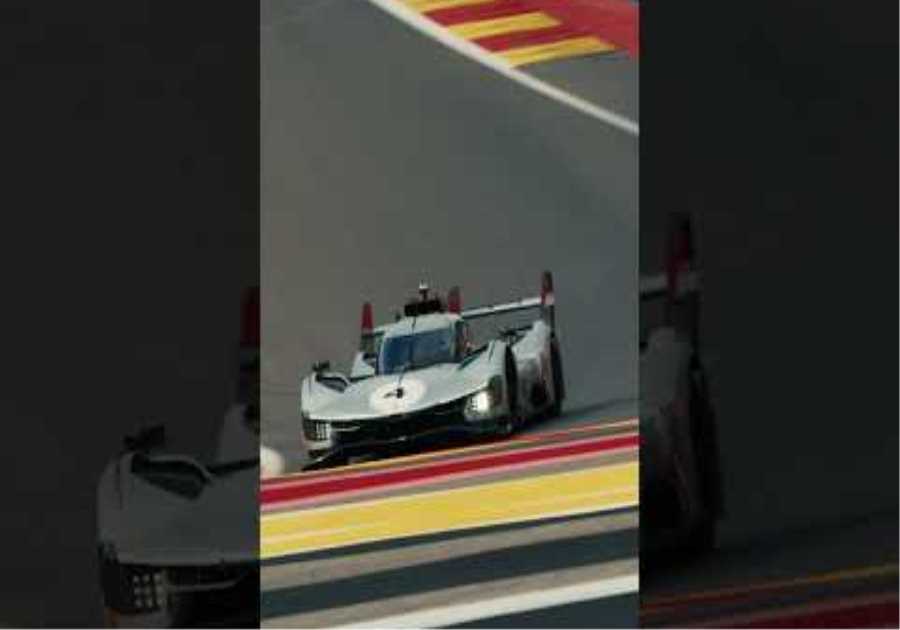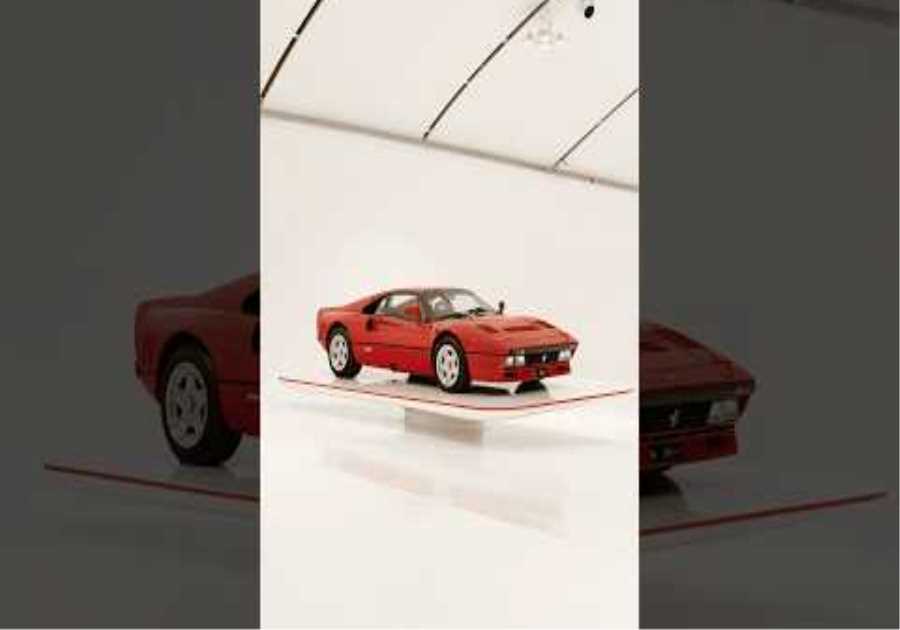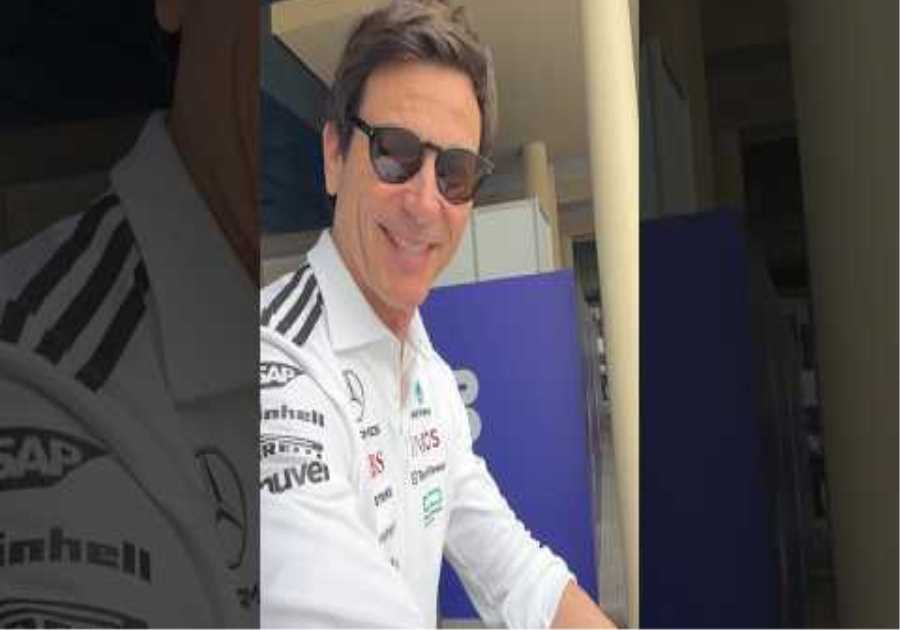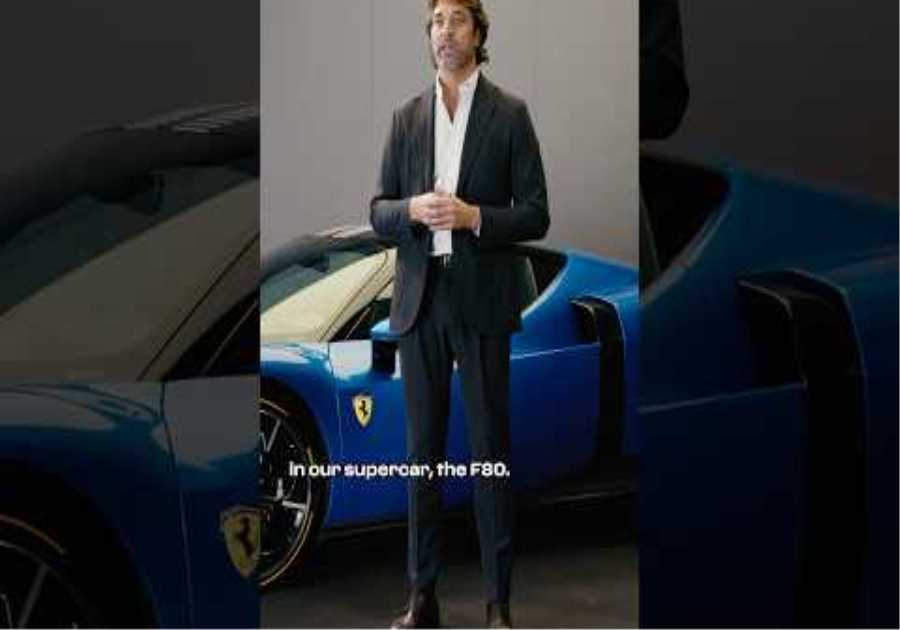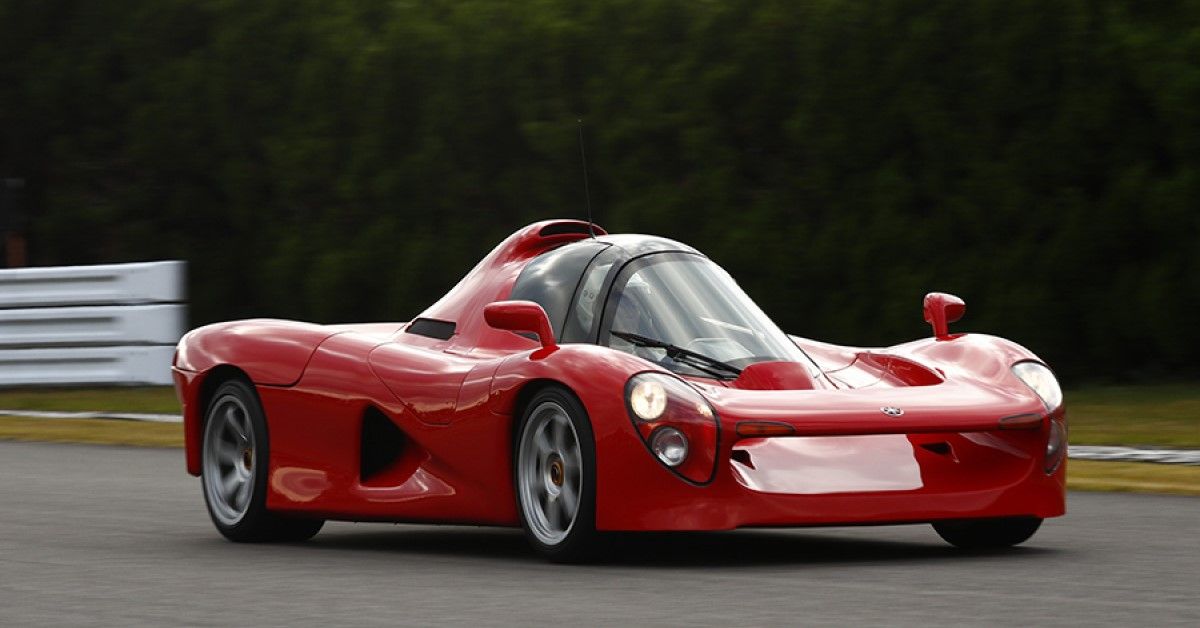
The 90s was a bold time for car-makers, with loads of innovation and performance appeal being dropped between four wheels. We saw godly cars like the McLaren F1 push the threshold of automobile engineering. But all was not good due to financial instabilities across many nations. Icons like the Jaguar XJ220 and the Bugatti EB110 were short-lived wonders. And sadly, it was during this time that Yamaha decided to make their super car.
And, oh boy, didn’t they settle for anything but the extreme! Yamaha was the official engine supplier for Formula One in 1989, and then during the early 1990s. They picked up all the learnings on track and took the bold step of creating a money-no-bar V12-powered supercar with Formula-One underpinnings. And that’s how the Yamaha OX99-11 was born. The first half of its name (OX99) is the engine code name that was used in Formula One cars in the early 1990s.
The car was insane, with an aerodynamically superior body hiding a Formula One car in plain sight. But a “money-no-bar” car from a first-time carmaker turned out to be a very risky affair. And we tell you of all the bits that led to the untimely demise of this McLaren F1 rival. Sadly, even their second solo try at making cars went in vain as their trio of concepts that included the 2013 Motiv.e, the 2015 Sports Ride, and the 2017 Cross Hub were again dropped by Yamaha on the stance that “cars do not feature in our long-term plans anymore”.
Yamaha decided to go wild in the 90s, by trying their hand at making a V12-powered F1 car for the road. But things didn’t go as expected.
A Motorcycle Maker Trying Their Hand At Making Cars
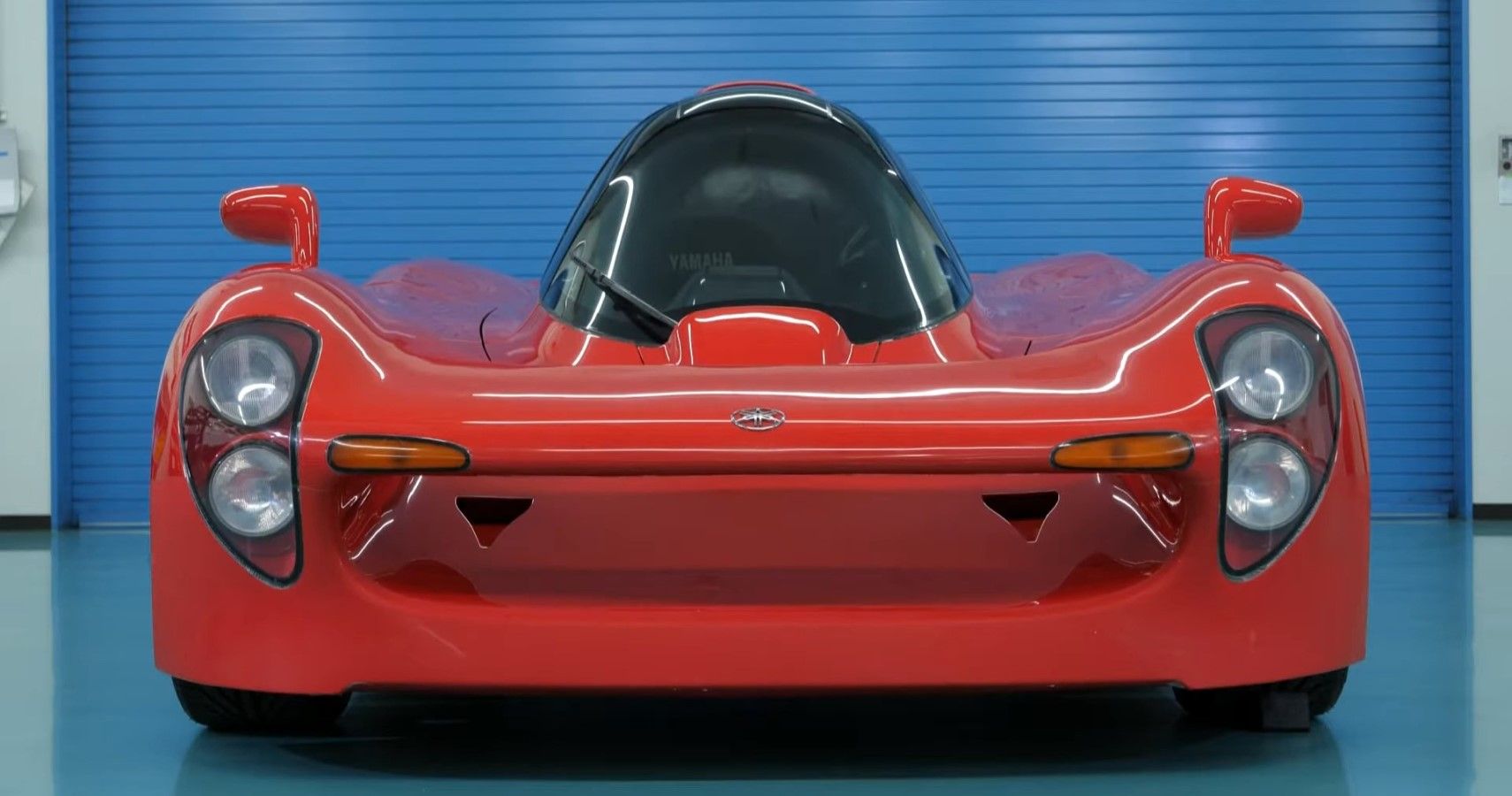
Fun fact – The OX99-11 wasn’t Yamaha’s first foray into making cars. Well, technically, they made the Toyota 2000GT. yup! Yamaha and Toyota have a good relationship that has been bonded over engine development. But for the 2000GT, it went past their engine favor. A small team deployed near Yamaha’s Hamamatsu headquarters was responsible for making the Toyota.
So, it’s fair to call Toyota’s most exciting car from the 1960s, a rebadged Yamaha! But for their next attempt with the OX99-11, Yamaha went solo. And that was a risky move. Surely, they were in the business of making screaming V12 engines for F1 cars. But to build a whole car around it wasn’t child’s play. And Yamaha found it the costly way.
Indifference Between The Makers Of The OX99-11 Supercar

The idea to build a high-performance car was there with Yamaha for quite some time. We suspect that their pitching in as the official engine supplier for Formula One was to come closer to their dream of making a supercar. In 1991 Yamaha developed an all-new Formula One engine called the OX99. It was a 3.5-liter naturally aspirated V12 that screamed over 10,000 RPM. The road version for Yamaha’s supercar was detuned to 400 hp to retain reliability and make it daily drivable.
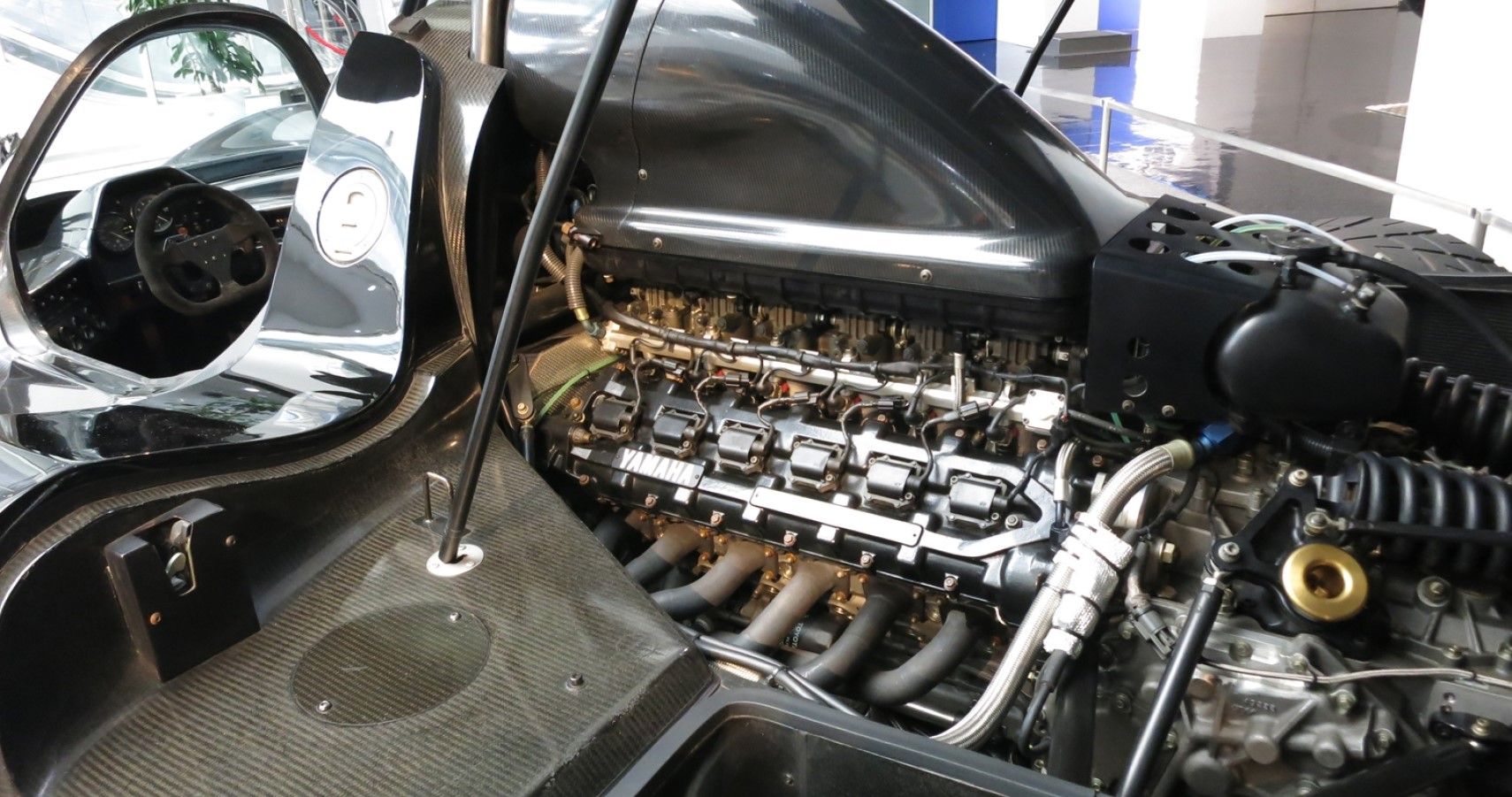
This was the successor to the fairly unreliable OX88 that Yamaha pitched forth in the 1989 F1 season. When they saw McLaren pitch the Godly F1 hypercar, Yamaha saw a window for its vision. They took the engine to a German company to engineer a body around its engine. But the design was too mainstream for Yamaha. Then, Yamaha put their own UK-based Ypsilon Technology to work on it, along with a British company – International Automotive Design (IAD).
But soon after, the two firms clashed on budget issues. This lengthened the project timeline for no good reason. And then, after losing precious time, Yamaha brought back the whole project in-house. Ypsilon was given six months to finish the car and make it ready for the world, otherwise, the plug would be pulled! Making a V12-powered F1 supercar for the road was already a Herculean task, and then there were these issues.
Behind Schedule And Way Over Budget
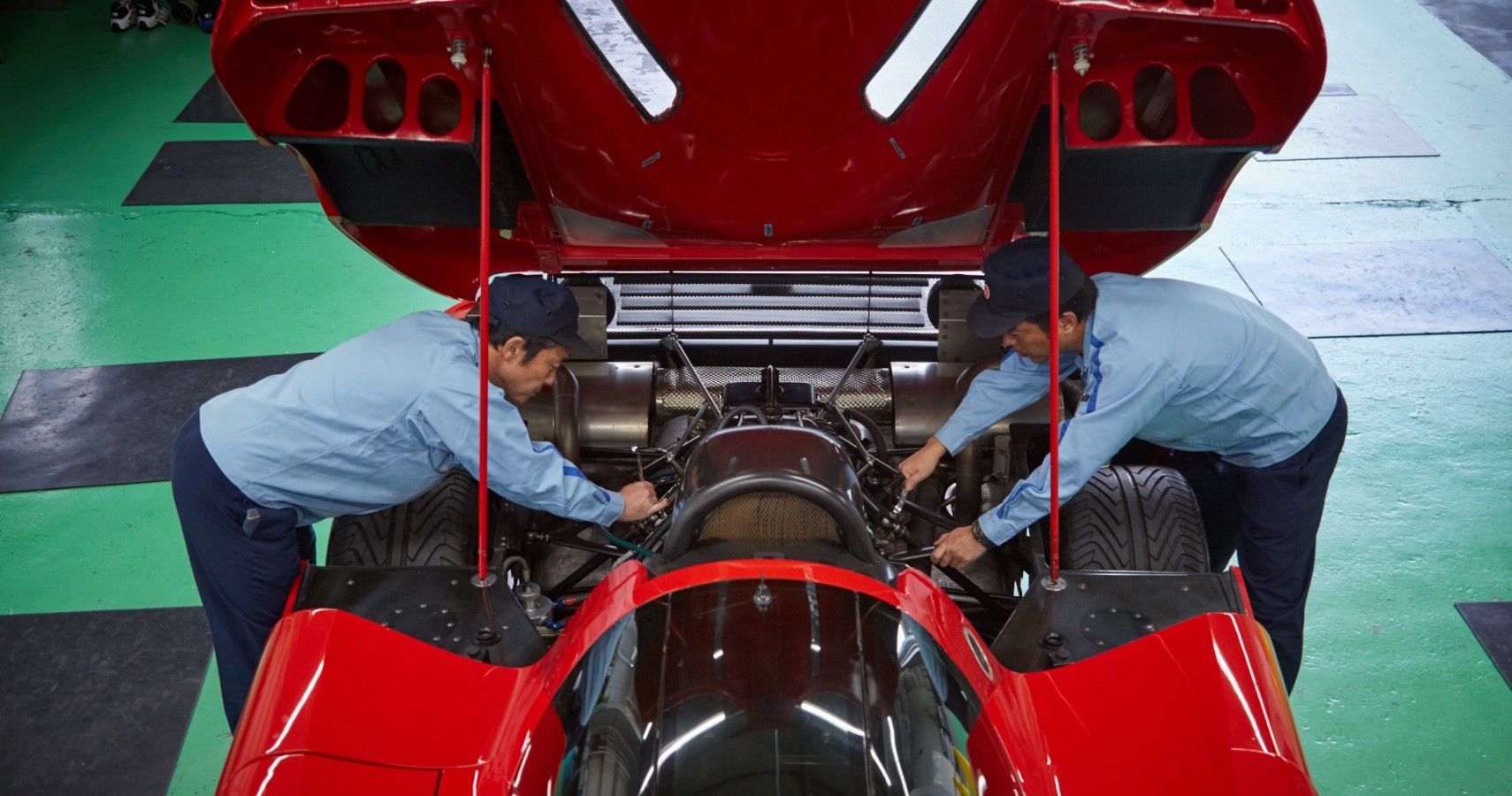
All these issues during the development process put the OX99-11 way behind schedule. And Yamaha’s decision to pull the plug, if the car wasn’t ready in six months didn’t help either. And because of all the unforeseen developmental hiccups, the cost of making this “hypercar” went way beyond anticipated. And then Yamaha wanted to slap on a price tag of $800,000 in 1994! That’s equal to $1.5 million in today’s money. Well, the McLaren F1 was selling for a sticker price of $815,000. But Yamaha couldn’t do that, being a first-time carmaker.
Looming Financial Instability During The 90s
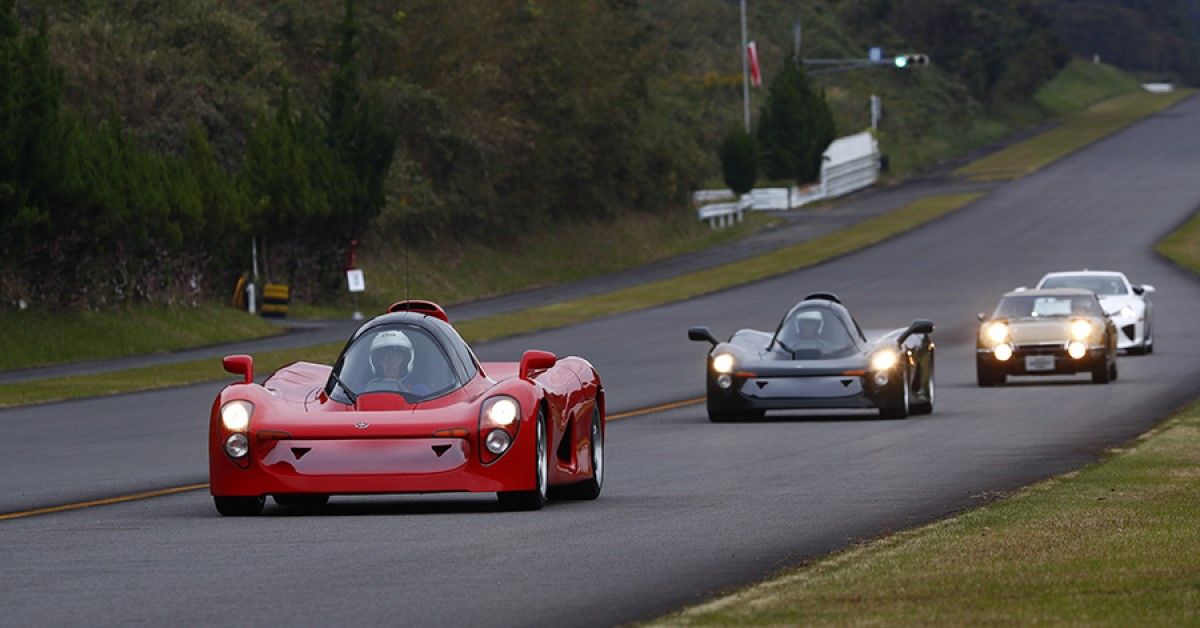
And the final nail in the coffin came when Yamaha’s financial bubble broke with looming recessions in Japan during the 90s. With the world crunching on cash, they understood that no one would be prepared to put big money on their machine. And so, the ambitious plan of making an F1-powered supercar by Yamaha was pulled the plug on. The most infuriating part is that they were very close to making the mad machine a reality.
All That Remains Are Three Prototypes In Red, Black, And Green
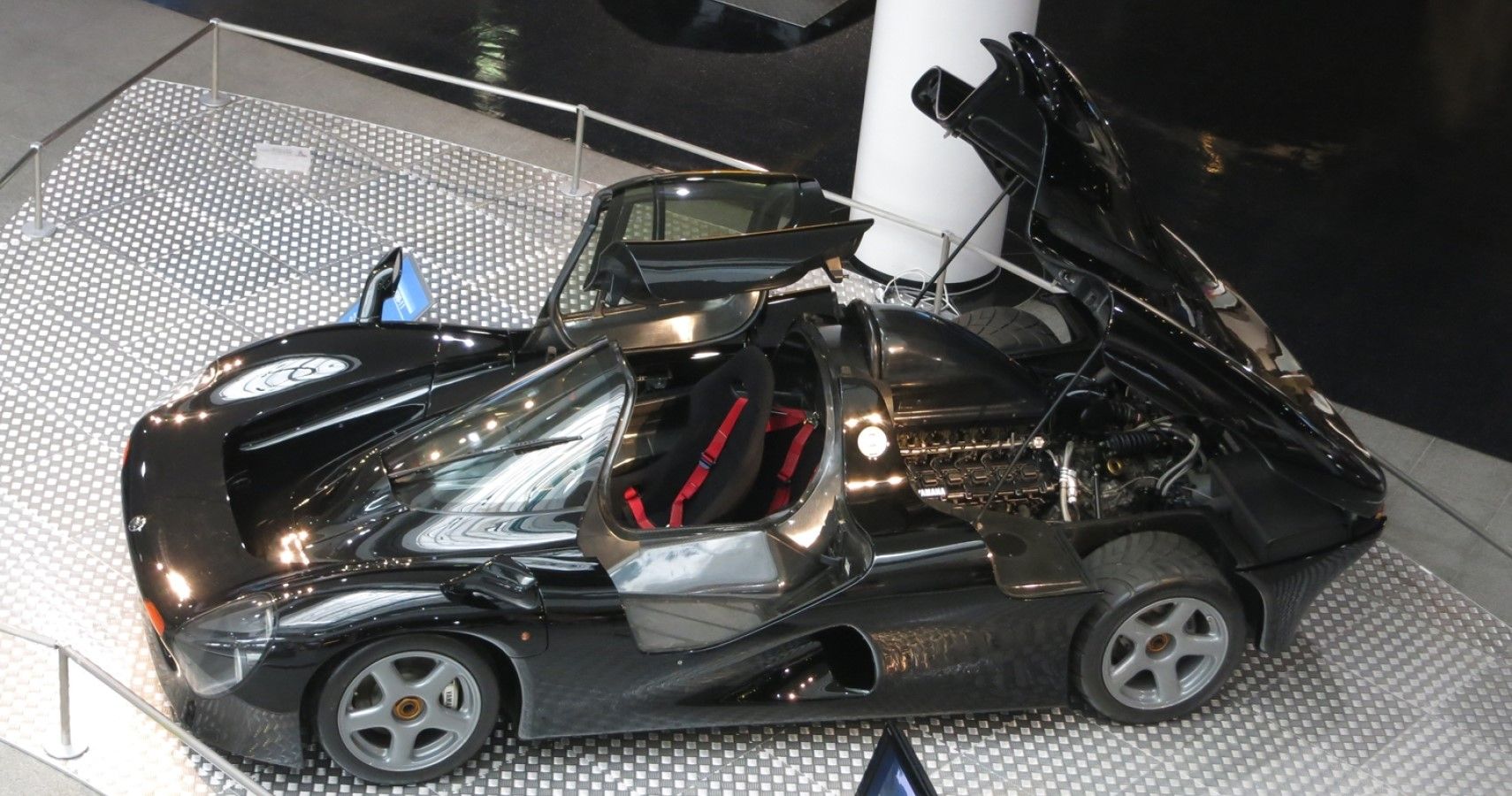
But, interestingly, unlike the Germans who don’t talk much of their failed cars, Yamaha proudly flaunts all three of the OX99-11’s prototypes. Rather rare, the red, black, and green specimens are made to stretch their F1 legs at various official events in Japan. And if you want to get up close to one, then one is on display at Yamaha’s museum in Iwata, Shizuoka, Japan.
Sources: Global.yamaha-motor.com, News.yamaha-motor.co.jp, Carscoops.com, Autoevolution.com, Bringatrailer.com, Motortrend.com
Rare Video Game Cars That Actually Exist In Real Life
readnext
About The Author
Tijo Tenson
(547 Articles Published)
Tijo is an engineer, mechanic, gamer, and an avid content creator. He is a grease-monkey who loves tinkering with automobiles every now and then, when not busy penning down his passion for them. He has always had a soft spot for JDM and is keen on diving deep in for anything that involves wheels and engines.
More From Tijo Tenson

